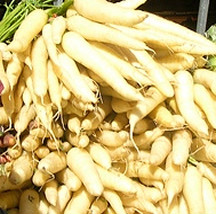Carrots
Orange Carrots (Sweet Nantes): Underwood’s Homegrown Sweet Nantes carrots are some of the best tasting and most tender carrots around. Gently peel and eat raw or lightly steamed.
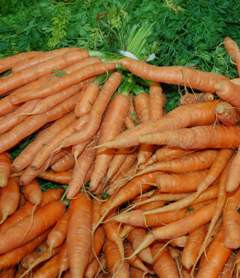
Red Carrots: Red carrots derive their color mainly from lycopene, a type of carotene believed to guard against heart disease and some cancers. Gently peel and eat raw or lightly steamed.
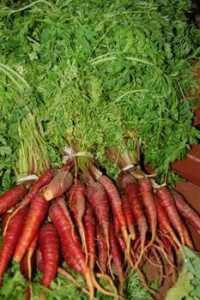
Purple Carrots: Purple carrots possess an entirely different class of pigments – anthocyanins – which act as powerful antioxidants. Shredded in salads and slaws, steamed, or just peeled and dunked in an herb-speckled dip, carrots are versatile veggies that add colorful zest to our dinner plates. Carrots are available year-round with the peak from October through April.
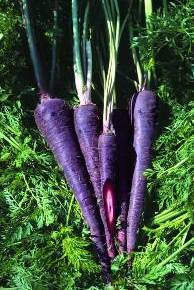
Yellow Carrots: This carrot appears to be almost white, but it is in fact yellow. They have a very sweet taste. To keep the carrots crisp and colorful, add a little bit of water in the bottom of the plastic bag; this will keep the carrots hydrated.
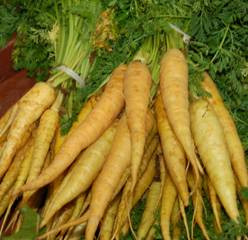
Maroon Carrots: A maroon carrot is a carrot with a distinct maroon to purple tinge, rather than the more conventional orange. They contain more beta carotene than their orange counterparts, and they have antioxidants known as anthocyanins, which give the carrots their distinctive color.
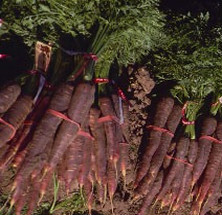
Round Carrots: Orange in color and normally 1 1/2 to 2 inches in diameter, although some Underwood round carrots can be about double that in size. This variety is nearly coreless making them a great option for soups and stews and because of their shape, much easier to thinly slice in rounds.
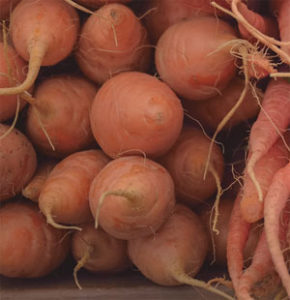
White Carrots: White carrots lack pigment, but may contain other health-promoting substances called phytochemicals, natural bioactive compounds found in plant foods that work with nutrients and dietary fiber to protect against disease. One might say these are the least healthy of carrots.
